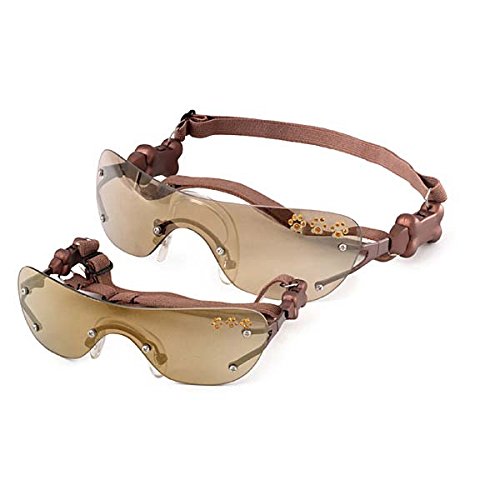
Children and dogs can have amazing interactions and relationships with each other. Kids often flock to passing dogs, instantly enchanted. I’ve had more than one child walk up and declare undying love for the dog I’m walking (often the Newfoundland- he’s the world’s pet, it seems). Maybe you're thinking about adding a dog to your family, but are unsure how to prepare your children for the new arrival. Or, perhaps you want your dog to be comfortable and friendly with children.
While we want to nurture these relationships, we need to make sure that children are always safe while interacting with dogs. Afterall, the CDC states that 1 in every 50 individuals will suffer to a dog bite, and the odds of that victim being a child are 3 to 1. But there are ways to make children safe for dogs, and vice versa.
Teaching children from a very young age how to interact with dogs, whether family pets or ones they meet in the park, is the best way to ensure that they will be the animal lovers of the next generation.
When you think of a good ‘family dog,’ a Labrador or Golden Retriever probably comes to mind. It’s true, they are- but almost any breed will make an excellent addition to your family. Unless a dog is inherently fearful or aggressive, teaching both him and your child(ren) how to behave with each other will turn even the most menacing-looking canine into an excellent family companion. When I was 3, my first dog- a Rottweiler- put up with my attempts to ride her around like a pony, among other things.
Having a dog that takes children in stride, being able to let him meet and play with kids in confidence, is wonderful (unless you don’t like kids, but then you wouldn’t have read this far). Watching your child play catch with your dog in the yard, or capturing them catching a ‘catnap’ together is priceless. There is potential for a wonderful bond between your child and a dog that considers himself to be your family’s guardian and companion. This relationship will be nurtured by teaching children how to behave safely while in the presence of their canine friends.
 Natures Variety Instinct Raw Dog Food: Best Choice for Your Treasured Pet
Instinct Raw Dog FoodOne of
Natures Variety Instinct Raw Dog Food: Best Choice for Your Treasured Pet
Instinct Raw Dog FoodOne of
 Dog Breed: Beagle Lab Mix
Dog hybrids are slowly becom
Dog Breed: Beagle Lab Mix
Dog hybrids are slowly becom
 6 Things Your Dog Needs You to Know About Glaucoma in Dogs
We think of Glaucoma as a pe
6 Things Your Dog Needs You to Know About Glaucoma in Dogs
We think of Glaucoma as a pe
 Boosting Your Dogs Health Through Food
We would do anything to keep
Boosting Your Dogs Health Through Food
We would do anything to keep
 Dogs :: Four Basic Commands That Your Dog Need to Learn (Page 1 of 2)
There are certainly lots of factors for proprietors to
Dogs :: Four Basic Commands That Your Dog Need to Learn (Page 1 of 2)
There are certainly lots of factors for proprietors to
Copyright © 2005-2016 Pet Information All Rights Reserved
Contact us: www162date@outlook.com